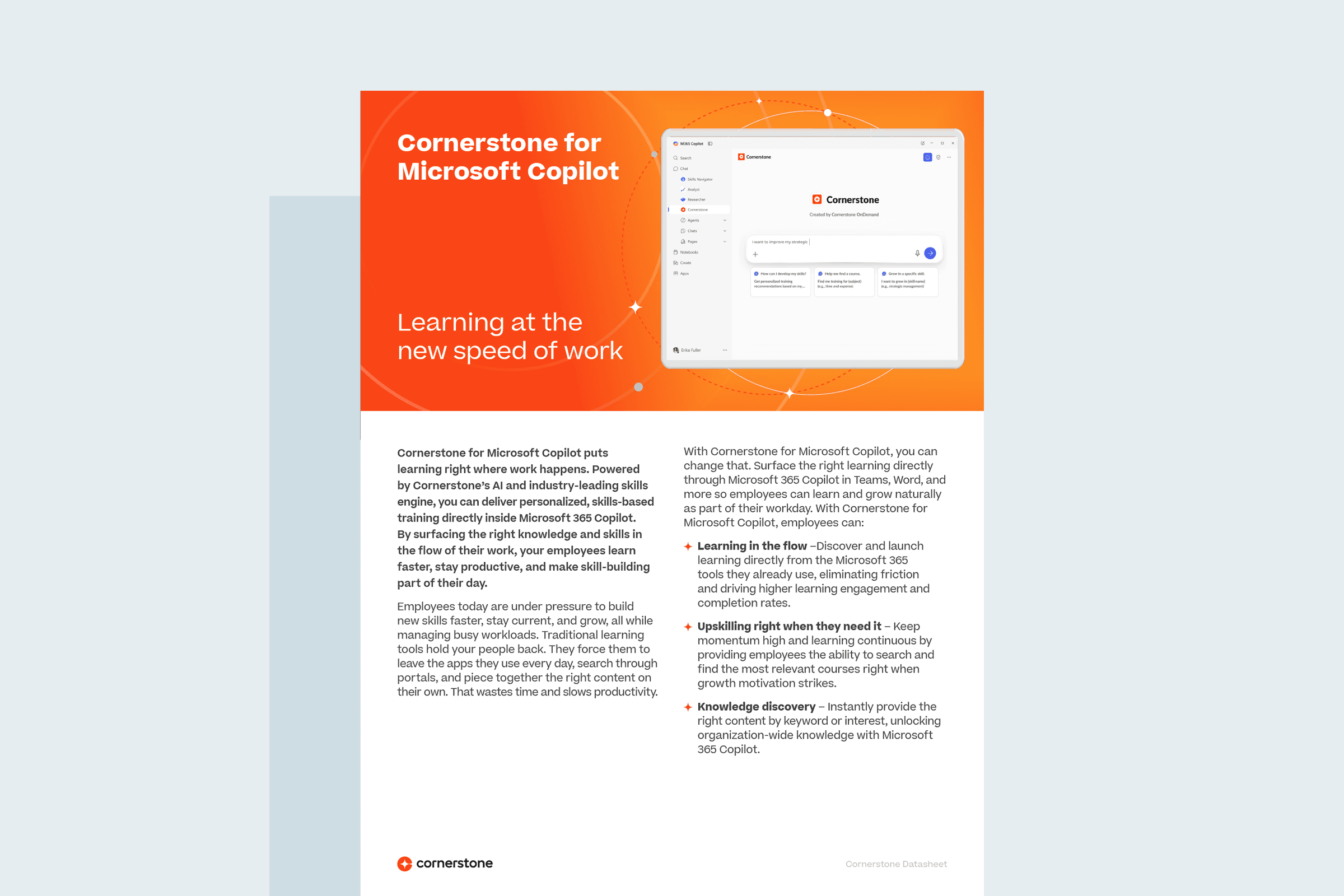Healthcare professionals know a slew of factors go into keeping patients healthy, safe and satisfied with the care they’re receiving. But while adopting state-of-the-art technology, recruiting top specialists and creating preventative health programs tend to get the spotlight, there’s an often-overlooked variable with wide-reaching consequences: employee engagement.
Employee Happiness Matters
Strong employee engagement has been linked with significant improvements in patient care and satisfaction. For instance, higher nurse engagement scores lead to lower patient mortality and complications, according to a recent Gallup study. Higher nurse satisfaction resulted in an 87 percent decrease in infection rate over two years, according to data from the National Database of Nursing Quality Indicators (NDNQI).
What’s more, Gallup also found that hospitals employing the least engaged nurses spend $1.1 million more per year in malpractice claims than those with the most engaged nurses. Just like employees at any company, healthcare providers will do better work — and provide better care — if they are happier and invested in their jobs.
The State of Engagement Today
If employee engagement is so crucial to providing high-quality patient care, what are healthcare providers actually doing about it?
According to a 2014 Cornerstone OnDemand study that surveyed HR professionals at healthcare organizations, nearly half of respondents said their organizations do measure whether or not employees are engaged — and to what extent. But nearly half of respondents also indicated that their employees were not fully engaged, and a quarter of respondents said they don't measure engagement at all.
The low engagement levels, survey respondents said, were primarily due to industry changes (such as the burden of transitioning from paper to electronic medical records), high rates of employee turnover and mandates to manage hospital surveys and adopt ICD-10, a new coding system for diagnosing various diseases.
While healthcare organizations are aware of the problem and (some) even believe they’re prepared to address the downsides of low engagement, there is still a long way to go to achieve higher engagement rates that translate into better patient care. Only a third of organizations surveyed had an HR plan in place to drive engagement, but these initiatives become sidetracked by everyday concerns like patient emergencies and transitioning to new systems and software.
6 Ways to Boost Employee Engagement
It’s clear that healthcare organizations need to address employee satisfaction and its consequences. But where to start? These six strategies can help:
1. Use succession planning to create career paths.
Succession planning is not only important for the long-term success of an organization, but it also improves overall job satisfaction. This is especially true in healthcare, where the exodus of Baby Boomers and an acute nursing shortage has underscored the need for strong employee retention.
Having a comprehensive strategy for building a strong leadership pipeline is directly tied to improved employee satisfaction, engagement and commitment, according to a 2012 study from Walden University. For example, a New Jersey healthcare system that implemented a succession plan for employees boosted engagement and retention, and eventually earned HR Solutions International's top rank for engagement, patient care and overall job satisfaction.
2. Recognize your strongest players.
In healthcare, it’s crucial for nurses and other on-the-floor care providers to feel acknowledged and appreciated. So be sure to recognize nurses and other staff for good work. One caveat: a culture of recognition does require better performance management processes, so make sure feedback sessions and reviews happen more than once a year.
3. Prioritize learning and development.
Employees who have access to "meaningful learning and development opportunities" are typically very engaged, according to the American Society for Healthcare Human Resources Administration. Additionally, research has found that solid development opportunities can lower employee turnover and bring in up to twice the revenue per worker.
4. Deliver feedback that integrates learning opportunities early and often.
Building a highly engaged workforce means delivering more frequent, actionable feedback that's tied to actionable learning opportunities. It's also important to deliver feedback early in an employee's tenure. Connecting performance management and learning opportunities keeps employees prepared with the latest skills needed to provide the best care to patients.
5. Start engagement activities early.
An employee’s first day is likely to be his or her most engaged day on the job, according to Katherine Jones, vice president of HCM Technology Research at Bersin by Deloitte. Have your new hires hit the ground running by networking early with coworkers to drive home your organization's high expectations for ongoing engagement. It's also important to make new hires feel welcome in their new community. A Washington, D.C. hospital saw a significant drop in attrition when it sent new nurses a welcome card introducing them to the team before their first day.
6. Align employee goals with organizational goals.
Healthcare workers generally enter the field because they have a strong passion for helping others. Communicate your organization's mission clearly and consistently so employees have a strong reference from which to set personal goals. Set your employees up for achieving these goals by providing the necessary resources, whether it's a mentorship program or training sessions for specific skills. Connecting employees' personal passion for their work with the organization’s goals leads to stronger employee loyalty and better performance.
Photo: Shutterstock


